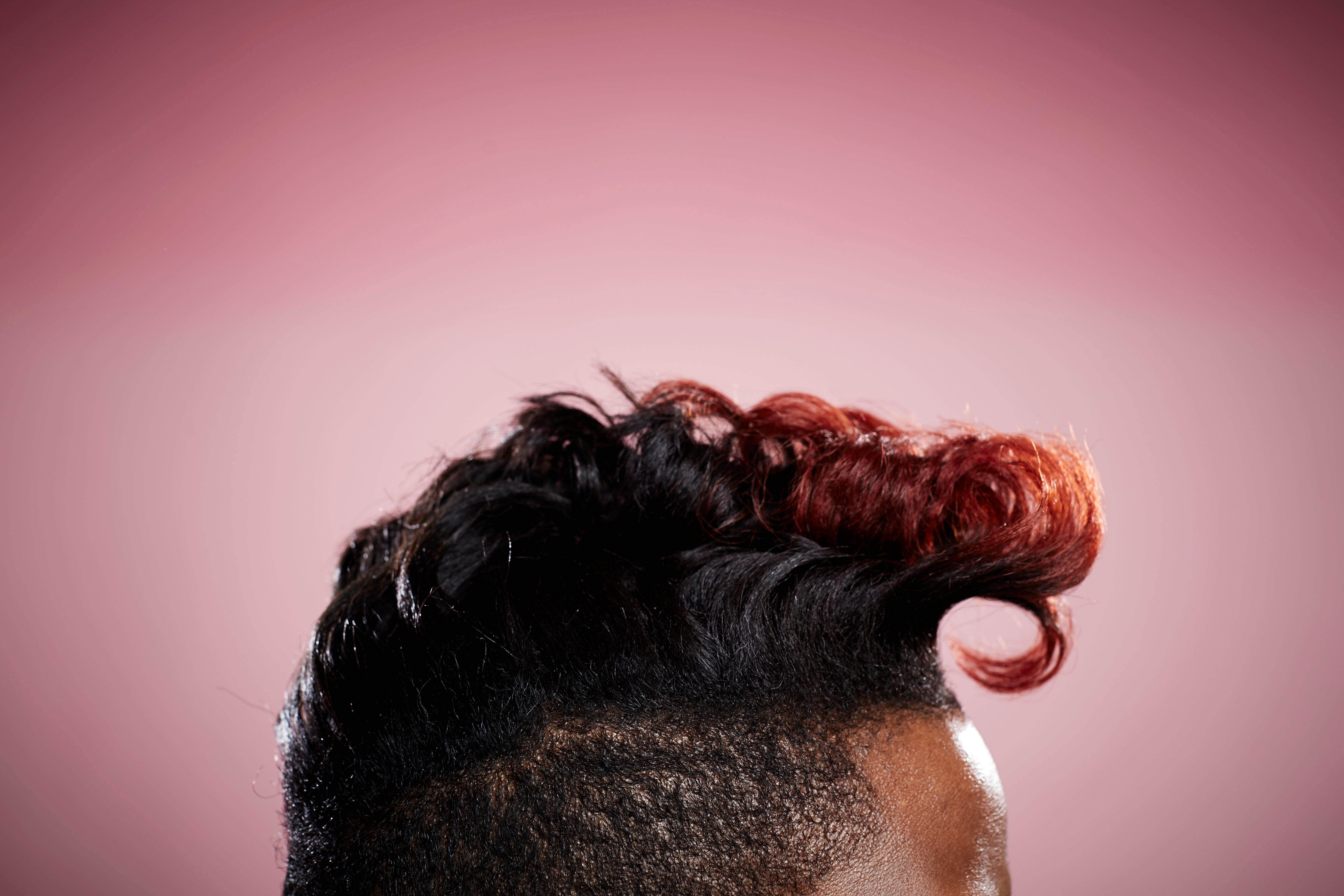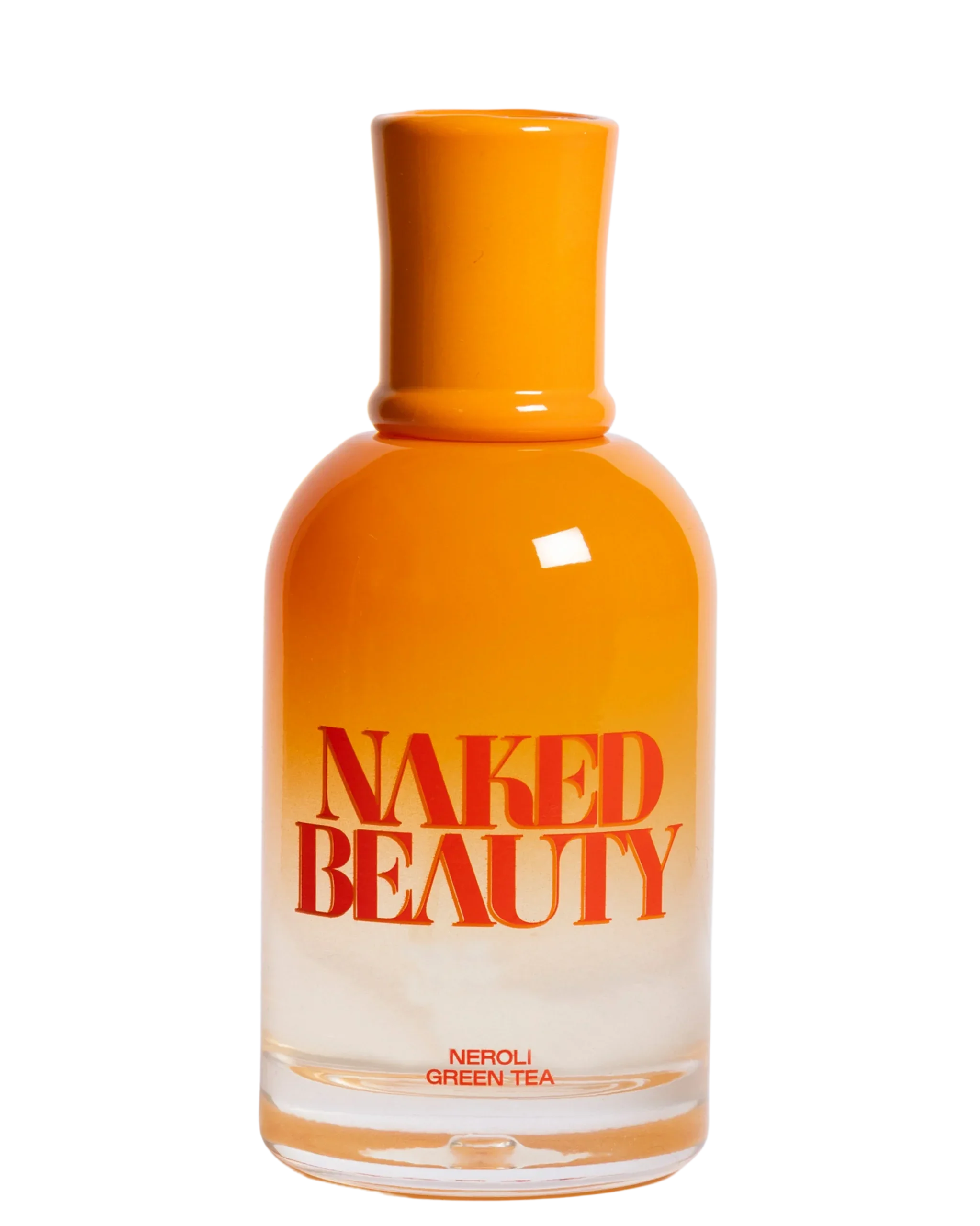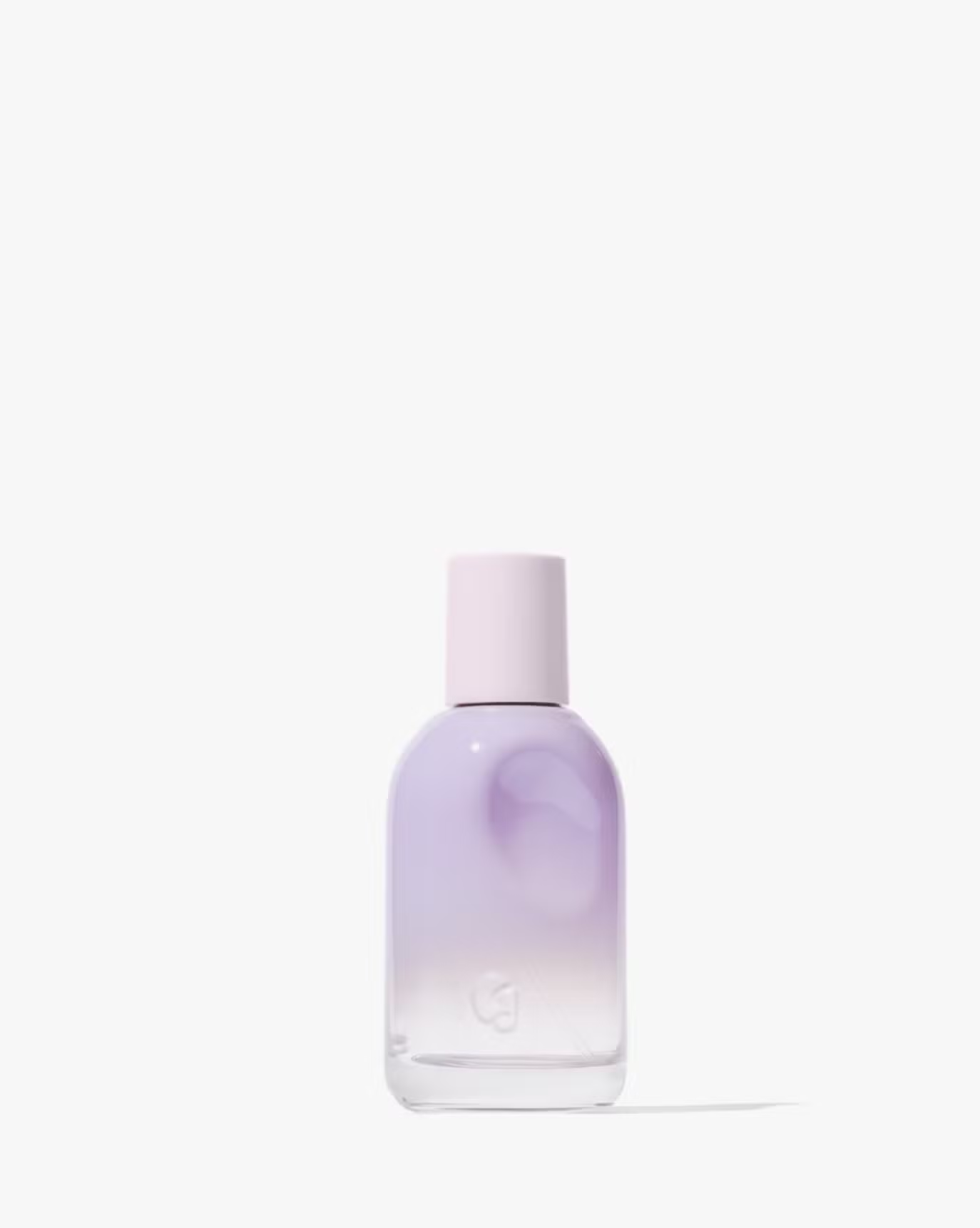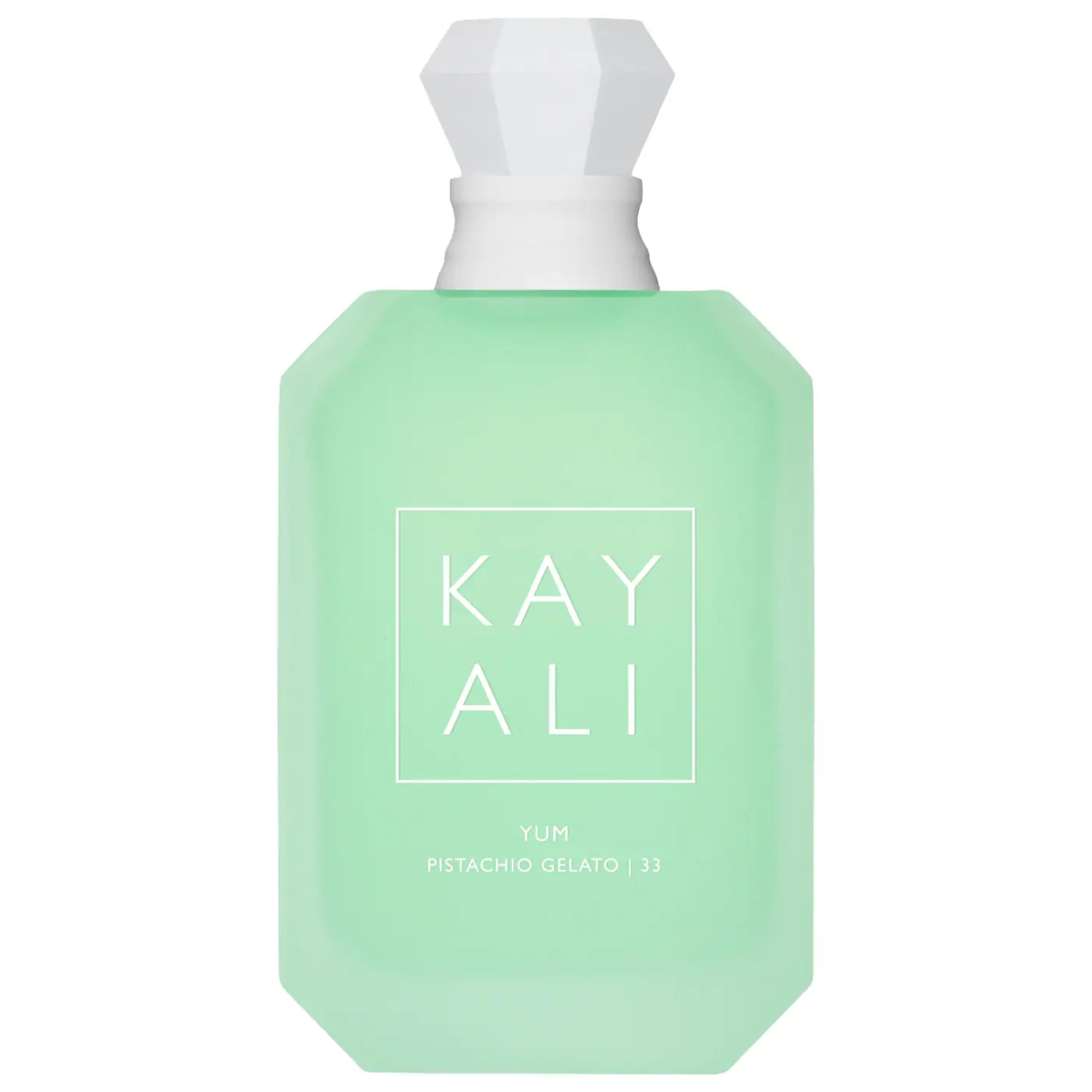
This article was originally published on Health.
In addition to your body, hands, and face, eczema can also plague the scalp, usually in a condition known as seborrheic dermatitis. There is some disagreement among experts about whether or not seborrheic dermatitis should be considered a form of chronic eczema or a separate skin condition, although the National Eczema Association considers it to be a type of eczema. (Eczema is a general term that includes a variety of conditions that cause red, inflamed skin.)
“Seborrheic dermatitis is a common form of chronic eczema on the scalp associated with a fungi,” says Gil Yosipovitch, MD, professor of medicine at the University of Miami Miller School of Medicine and author of Living With Itch ($19; amazon.com).
In addition to the scalp, seborrheic dermatitis may also affect parts of the face (such as the nose), the back, ears, or center of the chest. It strikes parts of the body with many oil-producing (sebaceous) glands, leading to symptoms such as redness, flakes, and patches of greasy, swollen-looking skin.
Unlike atopic dermatitis, a chronic form of eczema that is thought to be caused by an abnormal immune reaction, seborrheic dermatitis doesn’t usually cause severe itching. However, you can be diagnosed with both seborrheic dermatitis and atopic dermatitis at the same time.
Experts aren’t sure exactly what causes seborrheic dermatitis. Genetics might make you more susceptible, and hormones, stress, or other triggers may lead to an overactive immune response that causes symptoms like red, painful, flaky skin to appear. A fungus called malassezia also plays a role. (This same fungus has been linked to dandruff, which is considered to be a mild form of scalp seborrheic dermatitis.)
Seborrheic dermatitis can usually be treated with medicated shampoos that contain tar, zinc pyrithione, salicylic acid, selenium sulfide, or ketoconazole. Leave the shampoo on for five or 10 minutes before rinsing it off. At first, you may want to use it several times a week, then use it once a week if symptoms improve.
Ross S. Levy, MD, chief of dermatology at Northern Westchester Hospital Center in Mount Kisco, N.Y. and an associate clinical professor of medicine at Mount Sinai School of Medicine in New York City, tells us you can also have a separate type of eczema without the presence of seborrheic dermatitis. “It can be difficult to differentiate,” he says. This type is contact dermatitis, and is triggered by a reaction to an irritating substance on the scalp (think: hair dyes or scented hair products).







Short-term use of topical corticosteroids made for the scalp may help. “They come in solution form. You can put a drop into your scalp, or more,” says Dr. Levy. “It’s more like a gel, almost like a mousse. Those are good for purely calming down the inflammation.”
But for both contact dermatitis and seborrheic dermatitis, it’s important not to itch your scalp: hair loss can occur with either condition.
“If there’s enough irritation you can get hair loss,” Dr. Levy cautions. “You can scratch and irritate your scalp, enough that can kill off the hair so you can lose hair.”





